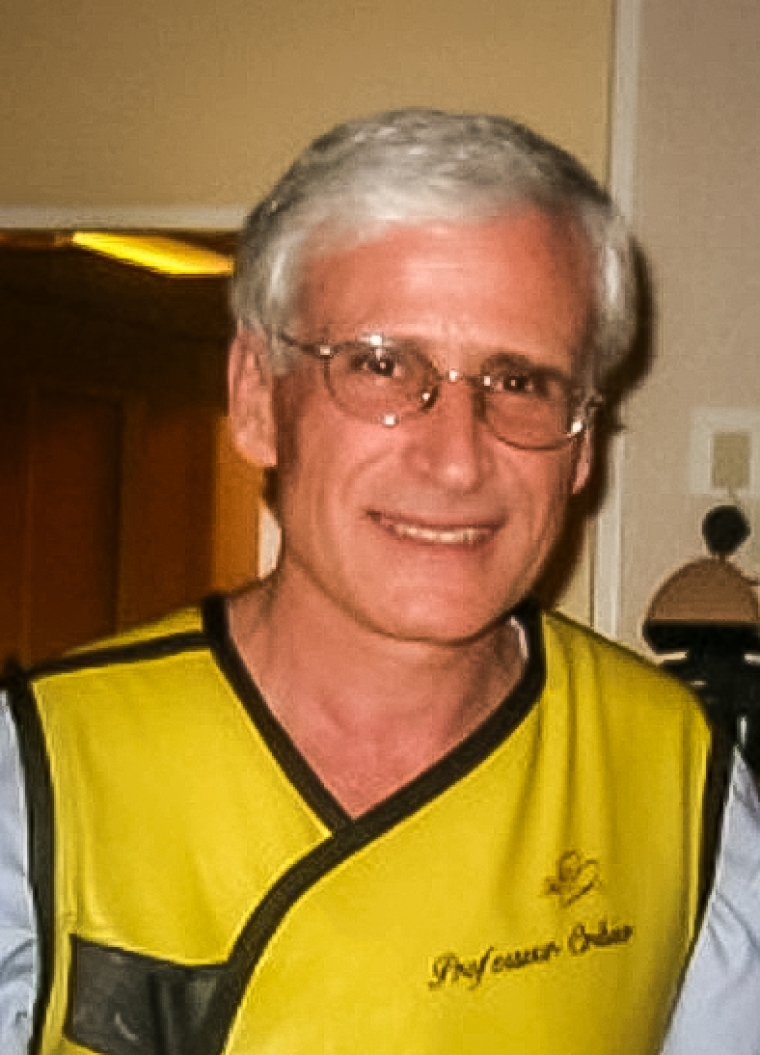Take-home messages:
- TAVI was developed and introduced by Alain Cribier in Rouen, France, thanks to his tenacity and visionary spirit.
- Alain Cribier is revered as the father of percutaneous treatment for Structural Heart Disease, pioneering non-surgical transcatheter treatments for aortic stenosis from balloon aortic valvuloplasty in 1985 to transcatheter aortic valve implantation in 2002 in Rouen, France.
Alain Cribier passed away on 16 February 2024, and we will never forget him. He was an exceptional physician, combining unique creativity with a deeply human personality. For the medical community, his name will be forever linked to aortic stenosis and his groundbreaking innovations which ranged from balloon aortic valvuloplasty to transcatheter aortic valve implantation (TAVI). He was at the origin of this extraordinary odyssey which gave birth to the speciality of structural heart disease.
Alain Cribier dedicated his life to his patients, tirelessly searching for innovative solutions to offer them and their families a chance to return to a better, more normal life. He was beloved by his patients, a man who always made time for another human being. He explained things in simple words, answered questions with kindness and simplicity, and above all, always conveyed his optimism for the future.
He was a true leader for us in Rouen, a mentor who inspired the entire team with his passionate nature. We were all “on board” with him in all his innovations, thanks to his legendary enthusiasm and confidence. The end of each TAVI procedure would conclude with “c’est magnifique” and his wonderful smile. He was ambitious for us, proud of our successes, pushed us to move on despite difficulties, never yielding to obstacles.
In addition to being an excellent interventional cardiologist, Alain Cribier’s encouragement and optimism happily demonstrated the importance of proctoring. He not only trained us, the first practitioners in the early transseptal era, but interventional cardiologists worldwide. Hundreds of fellows and physicians came to Rouen for days or for years or were trained in their own cath labs by Alain Cribier. A tireless and passionate individual and physician, Alain Cribier had been the past Director of the Medical Training Centre, which offers TAVI workshops that left participants forever marked by his teaching.
Alain Cribier, whose unique goal was to address "unmet clinical needs", received numerous prestigious awards and recognition over the years for his innovations. He was nominated Doctor Honoris Causa by the French Académie de Médecine in 2023, one of only seven physicians in 200 years to receive this honour, four of whom were Nobel Prize laureates.
We nominated him for the Nobel Prize in 2022, 2023, and lastly, in January 2024.
We had the immense fortune to have him as a mentor and to live and work alongside him. It is a profound sadness to no longer be at his side. He could not imagine his life without working and without coming to the department, and he was with us working on the next TAVI workshop on that fatal day, 16 February 2024.
We will remember Alain Cribier and he will – forever – have a unique place in the history of medicine and the practice of cardiology. He was among the great inventors of the 21st century and his major innovations were driven by an exemplary clinical approach and his remarkable personality, full of humanity.
He is sorely missed.
Figure 1. Alain Cribier at the age of 57 when he introduced TAVI.




 Our mission: To reduce the burden of cardiovascular disease.
Our mission: To reduce the burden of cardiovascular disease.